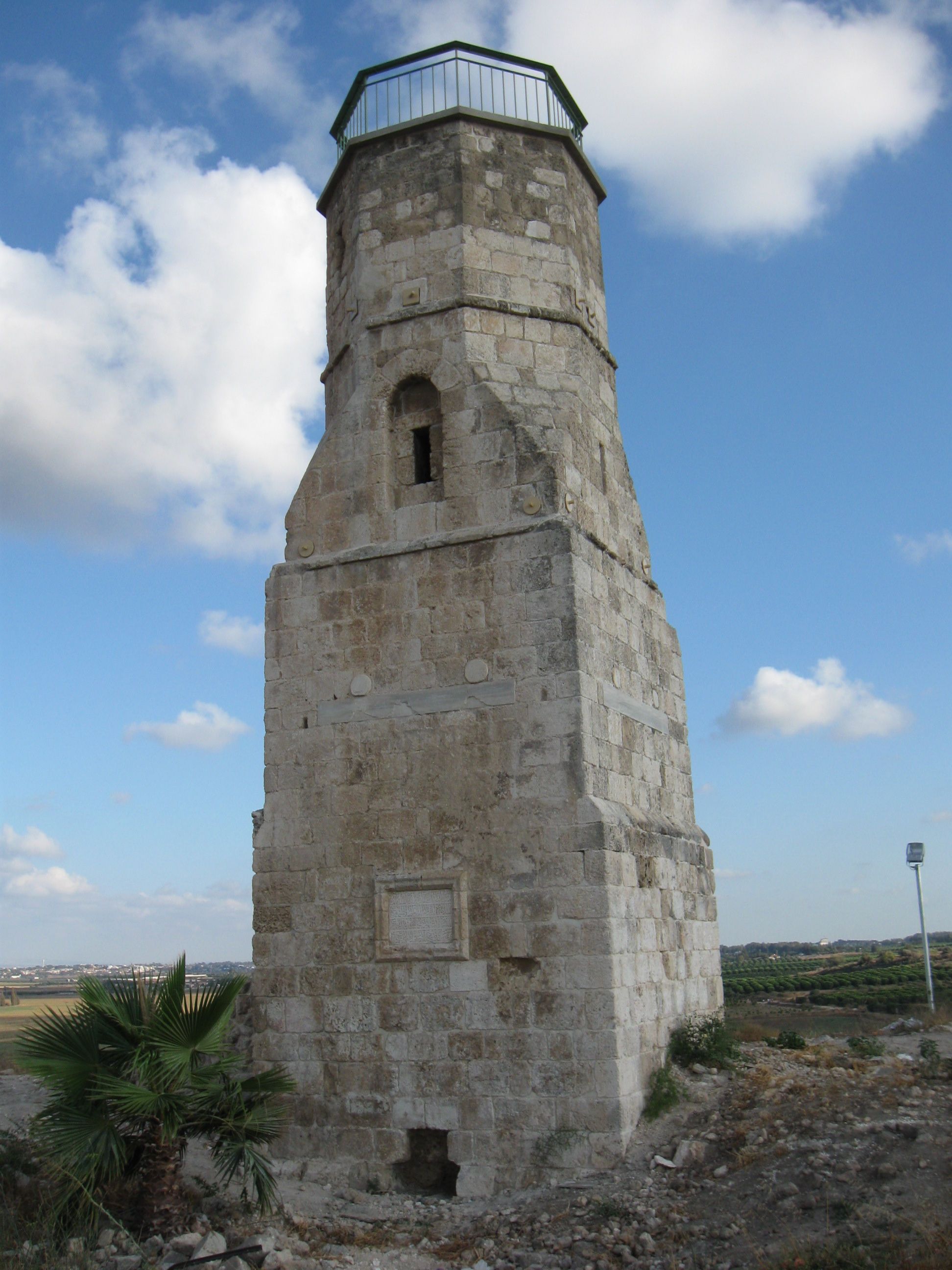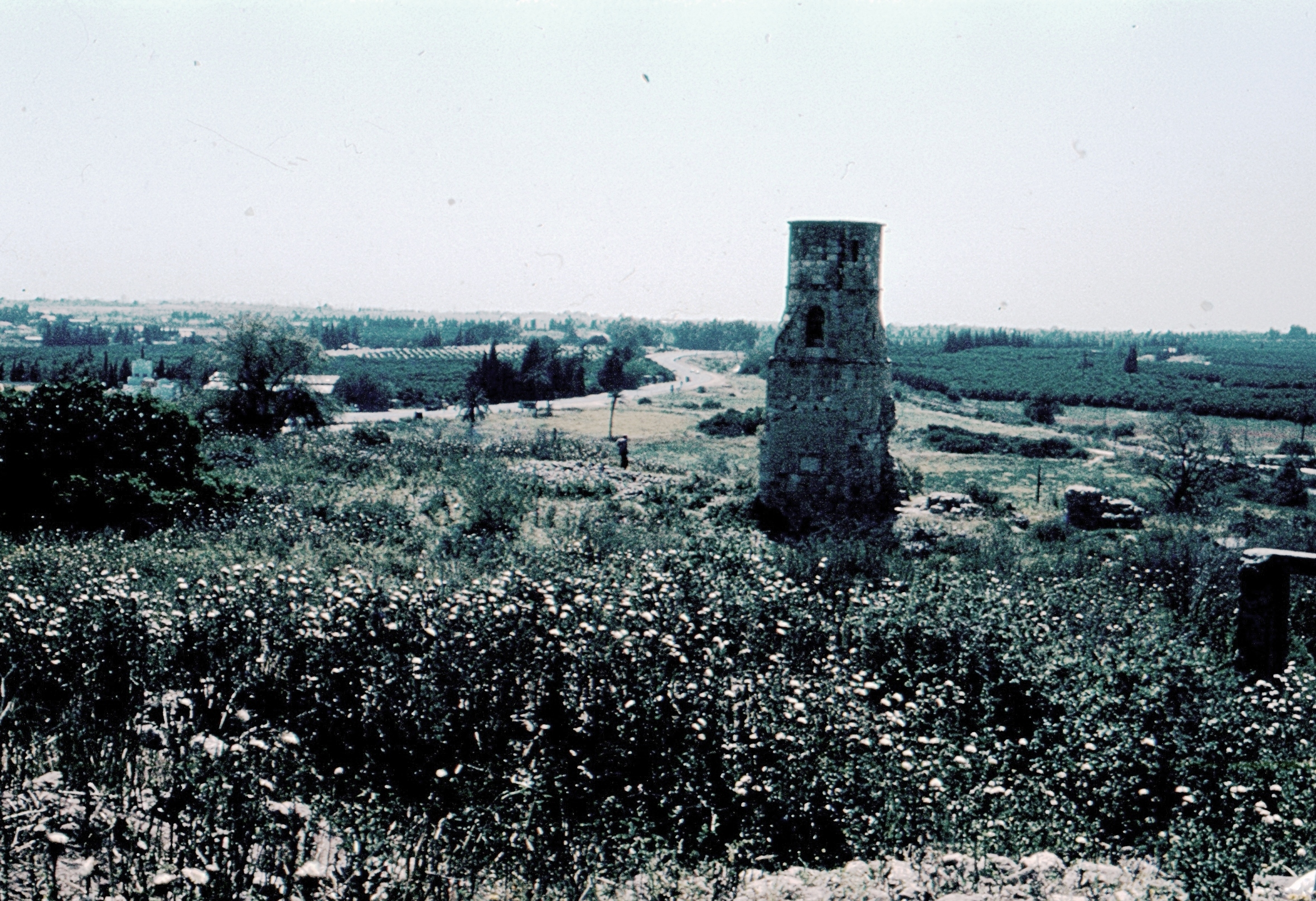|
Yavne
Yavne ( he, יַבְנֶה) or Yavneh is a city in the Central District of Israel. In many English translations of the Bible, it is known as Jabneh . During Greco-Roman times, it was known as Jamnia ( grc, Ἰαμνία ''Iamníā''; la, Iamnia); to the Crusaders as Ibelin; and before 1948, as Yibna ( ar, يبنى). History Yavne was one of the major ancient cities in the southern coastal plain, situated south of Jaffa, north of Ashdod, and east of the Mediterranean.Moshe Fischer, Itamar Taxel and David AmitRural Settlement in the Vicinity of Yavneh in the Byzantine Period: A Religio-Archaeological Perspective Bulletin of the American Schools of Oriental Research, No. 350 (May, 2008), pp. 7-35. Excavations were carried out on the ancient tell (mound created by accumulation of archaeological remains) known as ''Tel Yavne'' (Hebrew), which developed on a natural kurkar_hill._The_tell_was_inhabited,_possibly_continuously,_from_either_the_Bronze_or_Iron_Age_until_the_Mandato ... [...More Info...] [...Related Items...] OR: [Wikipedia] [Google] [Baidu] |
Yavne 599
Yavne ( he, יַבְנֶה) or Yavneh is a city in the Central District of Israel. In many English translations of the Bible, it is known as Jabneh . During Greco-Roman times, it was known as Jamnia ( grc, Ἰαμνία ''Iamníā''; la, Iamnia); to the Crusaders as Ibelin; and before 1948, as Yibna ( ar, يبنى). History Yavne was one of the major ancient cities in the southern coastal plain, situated south of Jaffa, north of Ashdod, and east of the Mediterranean.Moshe Fischer, Itamar Taxel and David AmitRural Settlement in the Vicinity of Yavneh in the Byzantine Period: A Religio-Archaeological Perspective Bulletin of the American Schools of Oriental Research, No. 350 (May, 2008), pp. 7-35. Excavations were carried out on the ancient tell (mound created by accumulation of archaeological remains) known as ''Tel Yavne'' (Hebrew), which developed on a natural kurkar_hill._The_tell_was_inhabited,_possibly_continuously,_from_either_the_Bronze_or_Iron_Age_until_the_Mandator ... [...More Info...] [...Related Items...] OR: [Wikipedia] [Google] [Baidu] |
Yibna
Yibna ( ar, يبنى; ''Jabneh'' or ''Jabneel'' in Biblical times; ''Jamnia'' in Roman times; '' Ibelin'' to the Crusaders), or Tel Yavne is an archaeological site and depopulated Palestinian town. The ruins are located immediately southeast of the modern Israeli city of Yavne. The town had a population of 5,420 in 1948, located 15 kilometers southwest of Ramla.Khalidi, 1992, p.421 Yibna was taken by Israeli forces on 4 June 1948, and was depopulated during the military assault and expulsion. It is a significant site for post-biblical Jewish history, as it was the location of the Council of Jamnia, considered the birthplace of modern Rabbinic Judaism. It is also significant in the history of the Crusades, as the location of the House of Ibelin. Name In many English translations of the Bible, it is known as Yavne or Jabneh . During Greco-Roman times, it was known as Jamnia ( grc, Ἰαμνία ''Iamníā''; la, Iamnia); to the Crusaders as Ibelin; and before 1948, as Yibna ( ar ... [...More Info...] [...Related Items...] OR: [Wikipedia] [Google] [Baidu] |
Yavne-Yam
Yavne-Yam ( he, יבנה ים, also spelled Yavneh-Yam, literally Yavne-Sea) or Minet Rubin (Arabic, literally Port of Rubin, referring to biblical Reuben; el, Ἰαμνιτῶν Λιμήν) is an archaeological site located on Israel's Southern Coastal Plain, about 15 km south of Tel Aviv. Built on eolianite hills next to a small promontory forming the sole anchorage able to provide shelter to seagoing vessels between Jaffa and the Sinai, Yavne-Yam is notable for its role as the port of ancient Yavne. Excavations carried out by Tel Aviv University since 1992 have revealed continuous habitation from the second millennium BCE up to the Middle Ages; the famous Yavne-Yam ostracon is named after the site. History Bronze and Iron Ages Surveys and excavations undertaken at Yavne-Yam during the 1950s and 1960s have revealed the existence of a large fortified site, consisting of a square enclosure with freestanding ramparts and marked by fortified gates, dating from the Middle and ... [...More Info...] [...Related Items...] OR: [Wikipedia] [Google] [Baidu] |


